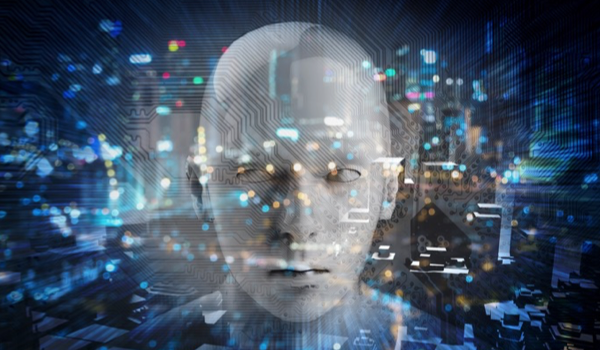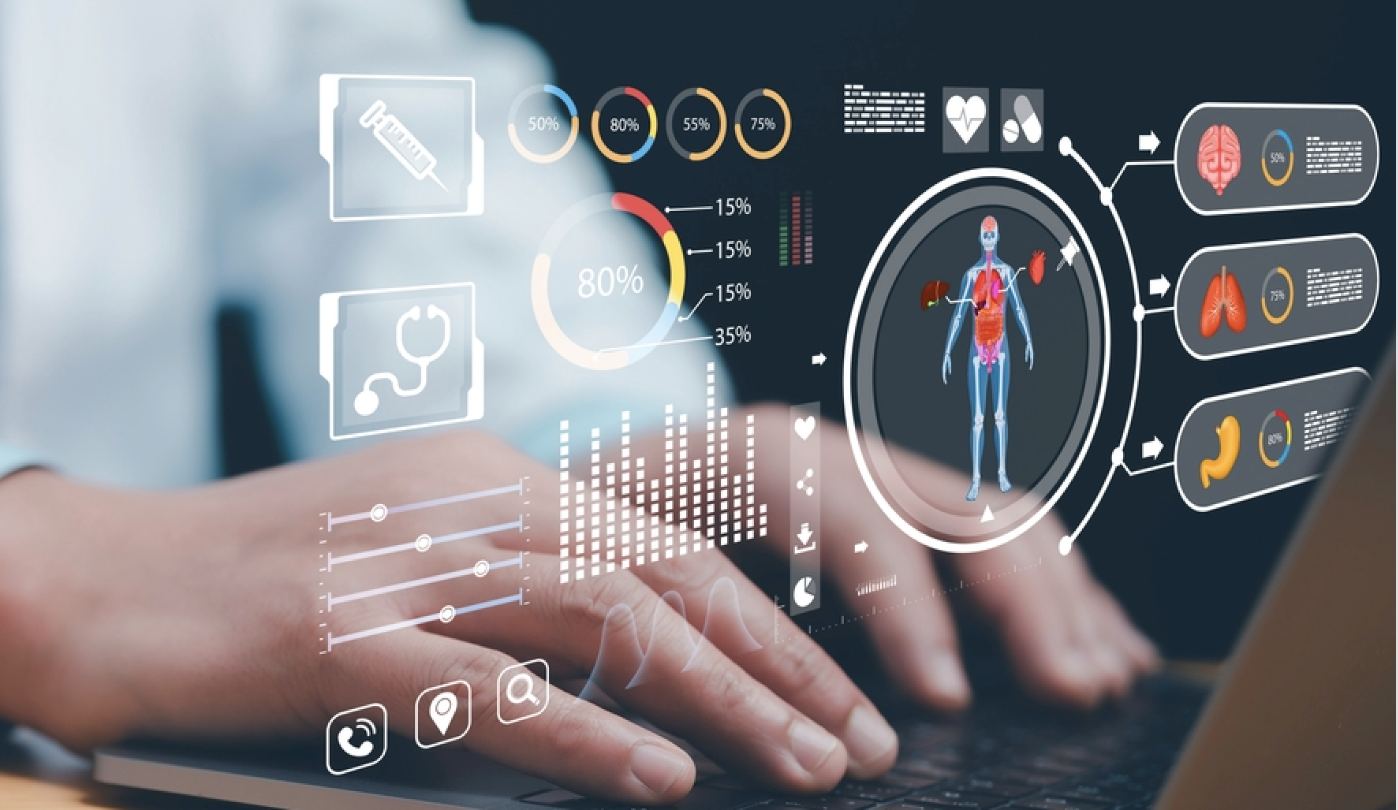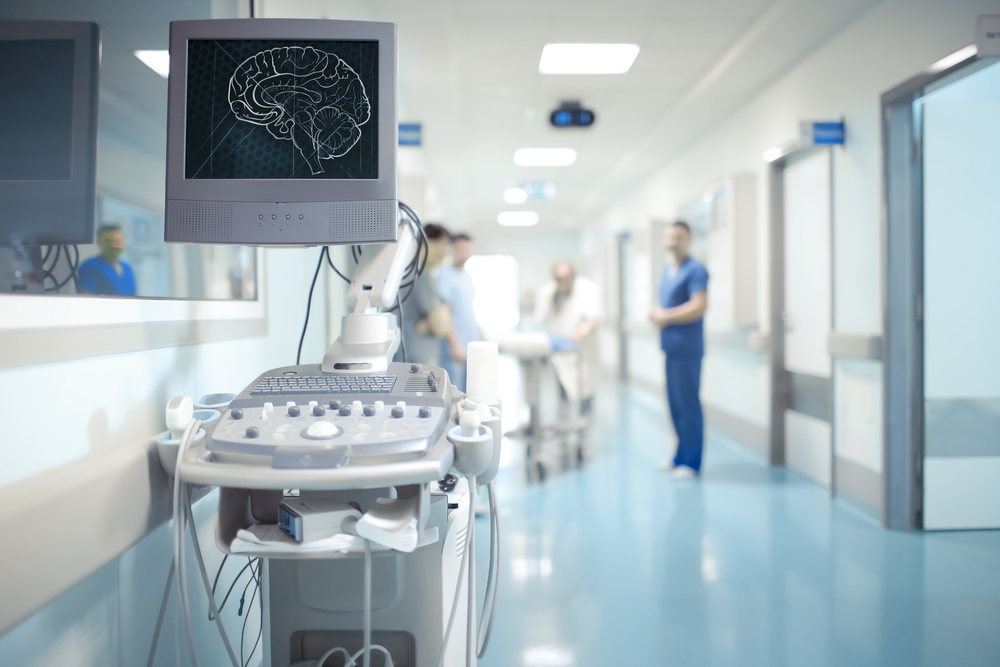


BERLIN - In the realm of modern medicine and healthcare, artificial neural networks (ANNs) and artificial intelligence (AI) have emerged as potent tools for data analysis.
ANNs and AI have been particularly instrumental in identifying patterns within vast imaging datasets, deciphering complex time-varying data, and aiding in the interpretation of intricate pathologies. As the era of personalized medicine approaches, it is evident that neuropsychiatric patients and those suffering from rare diseases are among those who stand to benefit the most from tailored therapeutic approaches. However, the inherent variability in the connectome and functional networks of individual brains necessitates an individualized and personalized approach to brain-to-technology interactions, thus presenting a formidable challenge.
ANNs’ genesis can be traced back to their inspiration drawn from the intricate structure of the human brain's neocortex. Characterized by a hierarchical interconnection of neurons - replete with convergences and divergences - the neocortex forms a marvelously complex biological processing unit. Remarkably, contemporary ANNs have transcended the limitations of their predecessors and now encompass significantly more layers, with models of up to 152 being employed to win prestigious computer vision challenges. Curiously, these seemingly oversized ANNs may hold the key to unraveling the mysteries of biological neural networks.
The burgeoning field of brain-computer interfaces (BCIs) has witnessed the establishment of numerous companies dedicated to alleviating the global burden of neuropsychiatric disorders. However, the realization of a fully functional brain-computer interface hinges on the ability to effectively decode neural activity. The scientific community has presented a plethora of algorithms to characterize neural activity. Despite this, extracting valuable signals from inherently noisy brain activity recorded vi
The content herein is subject to copyright by The Yuan. All rights reserved. The content of the services is owned or licensed to The Yuan. Such content from The Yuan may be shared and reprinted but must clearly identify The Yuan as its original source. Content from a third-party copyright holder identified in the copyright notice contained in such third party’s content appearing in The Yuan must likewise be clearly labeled as such. Continue with Linkedin
Continue with Linkedin
 Continue with Google
Continue with Google









 1016 views
1016 views








